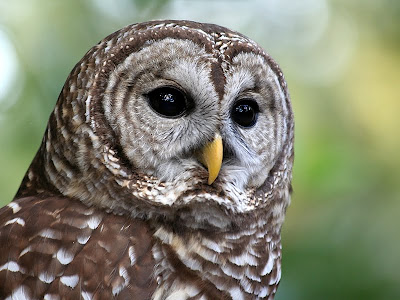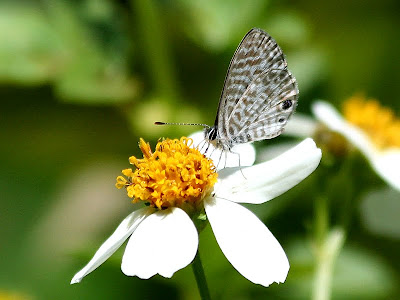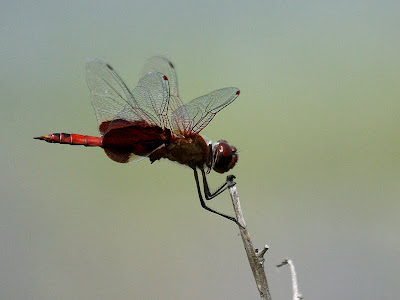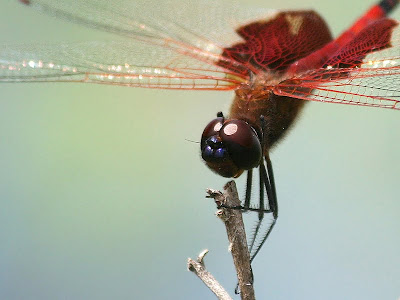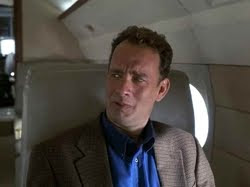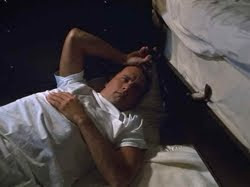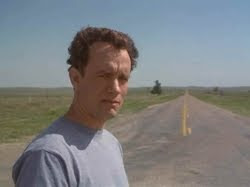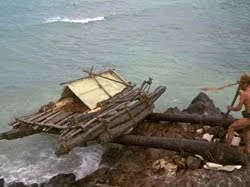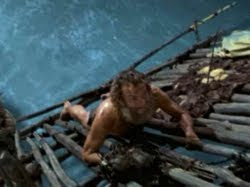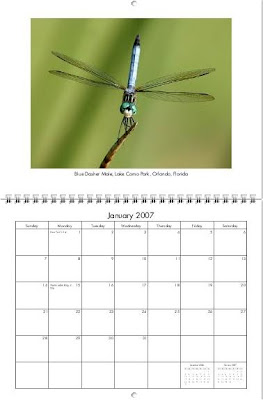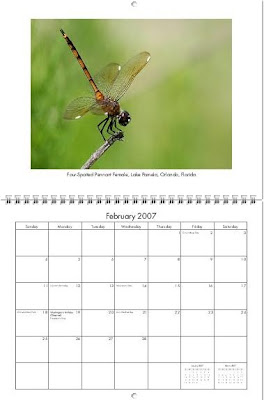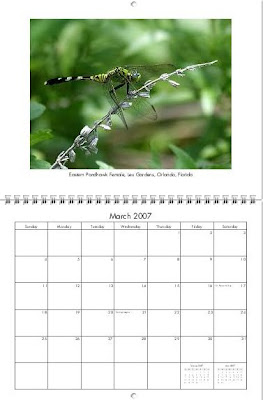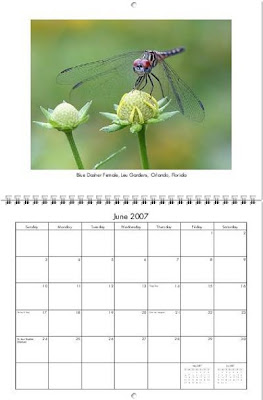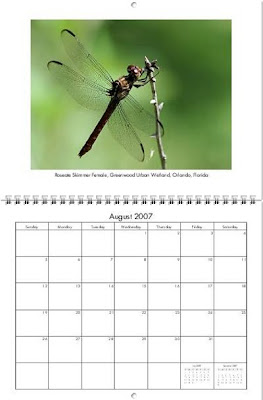The research class I teach requires that students also receive an introduction to literature. They buy a reader that includes poems, short stories, and plays. Individual faculty then determine how much time they will devote to the literature portion of the class. My colleagues who have degrees in literature [and who resent the heavy load of composition classes required by a community college] will often spend the
entire semester in the reader, making students explore a specific author and his/her works to satisfy the
research portion of the class. Those of us who see the course as a
composition class spend the biggest chunk of time on a non-literary research essay and just dip our toes into reader.
As usual, I used the
Joseph Campbell hero cycle to frame our study of a handful of poems, short stories, and songs, hoping that my students would find the literature more engaging if we weren't analyzing poetic meter or picking out critic-contrived symbols. Poems, short stories, and songs contain
parts of the hero cycle but never the
whole adventure, so I always end the unit with a movie so that they can see the seventeen-stage cycle play out.
For years I used
The Matrix, but then I
wrote about that experience in this blog and didn't want one of my students to type "
hero cycle matrix" into Google to discover all of
my thinking ready to plagiarize. So the following semester we watched
Finding Nemo, another successful movie to discuss, but I
wrote about that one here too, ruining it for future classes.

This semester I chose
Cast Away, and our discussion was so lively that I think this film choice was my best yet [which, of course, I'm ruining
again by writing about it]. In
Cast Away, the three main portions of the hero cycle—
departure,
initiation,
return—have crystal clear lines of demarcation: Charles Noland, Tom Hanks' character, begins the movie as a typical, technology-dependent, modern man. He survives a plane crash and washes ashore on a deserted island where he must live a primitive existence to survive. After he successfully navigates a series of life-changing challenges, he eventually returns to his old life.
This movie was a three-day affair. On the first day, we watched through the scene when Noland discovers that the troubling thumps he hears in the undergrowth are just coconuts falling from the palm trees. Learning to open those coconuts begins his "road of trials," the first stage of
initiation, the second major portion of the hero cycle.
My students and I divided up
departure, the
first major portion, like this:
 Call to Adventure:
Call to Adventure: Some students wanted the beeper that interrupts Christmas dinner to be Noland's call to adventure, but most of us thought that he accepted
that invitation too easily. A real hero must at first
refuse the call. The students who liked the beeper argued that he makes the plane wait once he gets to the FedEx hub, signifying a type of refusal, or at least a
delay.
Maybe. But most of us thought that the call happens
after the plane is in flight. We decided the plane itself communicates the call to adventure with its bad behavior, waking him from sleep with turbulence.
 Refusal of the Call:
Refusal of the Call: Once Noland awakens, he tries to joke about the turbulence with the pilots. The pilots brush him off; everything in their actions and words indicate that the jet is in serious trouble.
Noland is not ready to give up his predictable, modern life, so he refuses the call to adventure by
denying that he heard one in the first place. He grabs his shaving kit from his luggage and, despite a warning to sit down and buckle up, goes to the bathroom to
wash his face. He's hoping, I'm sure, that when he exits the tiny, safe bathroom space, all will be well. Escaping to the bathroom to
groom is his refusal of the call.
 Supernatural Aid:
Supernatural Aid: Instead of finding that the flight has returned to normal, Noland is nearly ripped out of the bathroom from cabin depressurization. According to Joseph Campbell, a wise figure bearing amulets for the difficult journey ahead must next appear. For Noland, that supernatural aid is Albert Miller, one of the pilots. It is Miller who gives up his own oxygen mask so that Noland can breathe; it is Miller again who shoves the life raft into Noland's arms. The life raft is
the amulet that Noland must have to continue his journey.
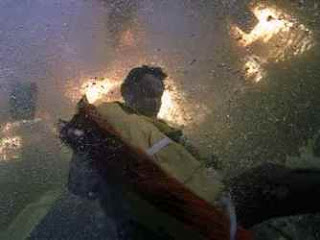
We watched as the plane hit the Pacific Ocean. Unless a person has survived such a crash, I doubt it's possible to appreciate what happens next. Robert Zemeckis, the movie director, has conveniently lit the crash scene so that the viewer can see water rushing into the fuselage and the plane sinking, but in real life I'd bet that the dark and shock would be so disorienting that determining the right direction to escape would be impossible. Noland, however, has the raft, and the air that fills it knows how to find the surface. Without that gift from Miller, Noland would have failed to finish the stages of departure, drowning with the crew.
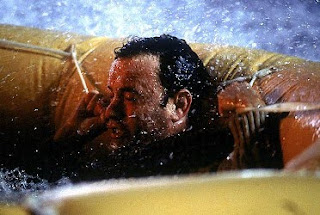 Crossing of the First Threshold:
Crossing of the First Threshold: I believe that when Noland throws himself into the raft and finds himself floating on the dark, rough sea, soaking wet and devoid of a schedule, he crosses the first threshold. He has left the dry, usually dependable, everyday airplane, finding himself instead in a wet raft ready to shirk its responsibility and flip him back into the water. There is no turning back; the adventure has begun.
One of my very bright students had a more symbolic crossing. She believed that when Noland is taking stock after washing ashore on the island and discovers that both his watch from Kelly, his fiancée, and his beeper are now inoperable, he crosses the threshold at that moment, leaving his time-organized life for a "time-less" existence on the island.
Belly of the Whale: We all agreed that the island is the belly of the whale, the place where the hero is lost, to be reborn—
if he survives the next major portion of the cycle—a new, better man.
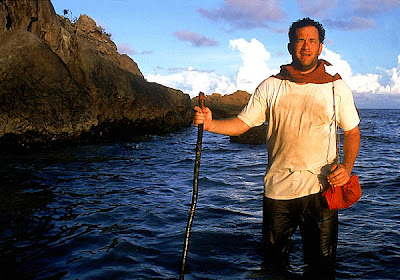 Tomorrow
Tomorrow ... Part 2!

